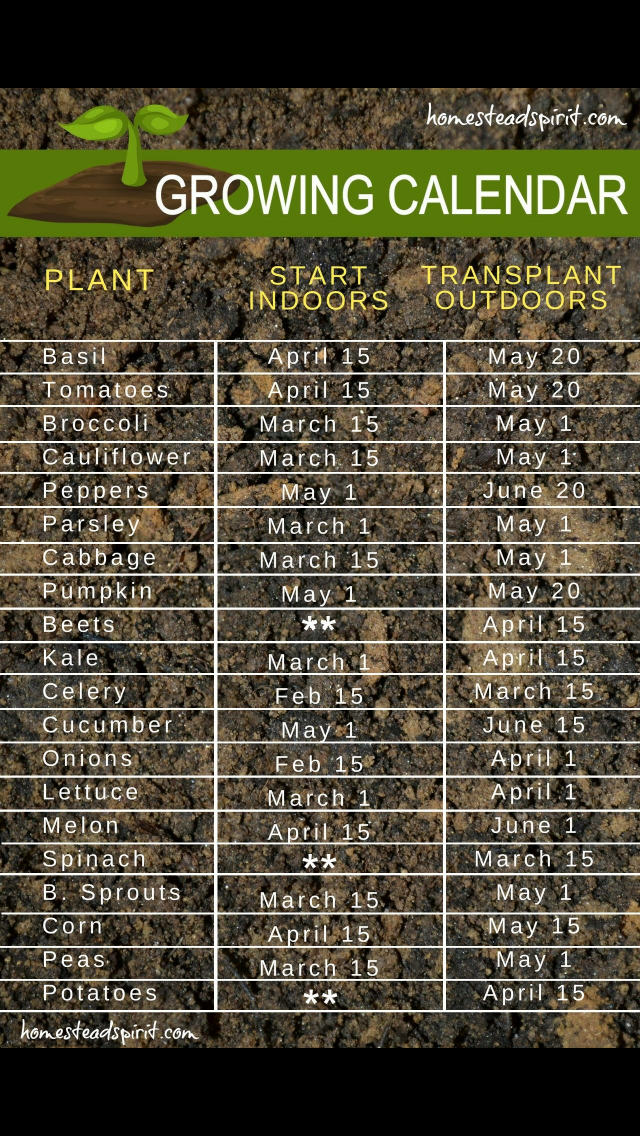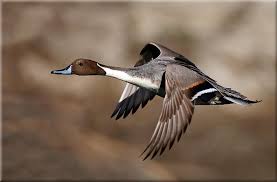While work on my non-fiction piece titled Preparing to Prepare continues, so does my research. As I continue to read and learn about various topics, I constantly seem to come back to vehicles. Things like; which vehicle would be best for ‘X’ situation or scenario? Do I emphasize fuel capacity and gas mileage or do I focus on off road ability or do I put more emphasis on its ability to tow and haul? Or is it a combination and a compromise of all of the above?
It’s this quandary that has led me to the conclusion that vehicles, for all intents and purpose, are tools. I mean, we all understand that you could slap a blade on the front of it and move dirt or snow and you can install a hitch and tow a decent load cross country. So, by this standard, we all already acknowledge that a vehicle is a tool. What I am referring to has more to do with the efficiency of the tool.
So, that got me to thinking… Are you using your vehicle to its maximum potential and effect?
In the opening few pages of Preparing, I pressed the reader to think about their own personal space and locality when it came to planning for a minor, moderate, or major disturbance. I asked them several questions and provided a few examples to get their mindset calibrated correctly. For example, I posited that the reader needed to think locally about their everyday needs as it pertained to following:
- Do you know what natural disasters are prevalent in your area?
- Do you know if there are any workplace emergency plans in place?
- What are the school emergency plans for your kids?
- What are your community’s evacuation routes?
- Where are your important documents and information located?
- What is your current family emergency plan including: communications, meeting location and contact cards?
- What is the present condition of all of your emergency kits: home, car, evacuation?
- When was the last time your family sat down and discussed preparedness and emergency response?
If you kept your focus on vehicles as you read that list, you will have noticed that a vehicle plays a major role in the bulk of those questions.
What’s interesting to me about efficiently using a vehicle as a tool, rather than simply using it as a conveyance to get from point A to point B, is that most vehicles are basically rolling storage units. Sure, you need to get to church, work, do chores on the farm or homestead, or take the kids to school, run errands, and what have you. However, most trunks of truck beds are littered with an assortment of crap and trash.
What if you cleaned out everything and started with a clean slate, er car?
Rollin’ Storage
Just about everything you might need in an emergency situation will fit into a small or medium sized tote… provided you know what stick in there. For my book, because it’s geared more toward people that have never thought of this concept before, I suggested that their car should always have the following (depending on the season):
All things considered, I think that’s a fair list to get someone started. Plus, the manner in which the section was written in the book it was quite apparent that the list was a suggestion and customization was recommended. Now obviously, as their needs, situation, and skill set changes, they should definitely consider adding more items.
As an example of increasing one’s skill set (knowledge base), I found an article written by a former U.S. Air Force SERE instructor named JJ Johnson and published in 2011 on Creek Stewart’s Willow Haven website. In a nut shell, the author took the concept to a wholly different level that my book isn’t really geared toward. It’s a fair assertion that JJ’s list is more for the advanced mindset. The article was titled Vehicle Every Day Carry Items (VEDC).
For convenience, since I noted and gave credit to the author and publisher, here’s their list… it’s quite extensive:
When I reviewed what Mr. Johnson wrote, I couldn’t really come up with a valid reason to NOT have this stuff in the car. I mean, I grew up in the country so I understand the value of each and every one of the items noted. For me though, it boils down to several additional factors as to why I’d discount about a third of these items.
First and foremost, I drive almost exclusively in an urban setting except when I am leaving town for a vacation (family/hunting/fishing/camping). Therefore, the items in my tote would change based on the type of driving I was about to embark on. Secondly, I drive a four-door sedan, not a truck with a crew cab and built storage spaces… which is why I mentioned the incorporation of a small to medium sized tote earlier. I do have my eyes on a smallish 4x4 diesel for my next vehicle though. Lastly, there is the issue of cost and weight. It is partially for these reasons that my list is pared down to the bare minimum. As I noted before, I go out of my way in Preparing to heavily stress customization.
As for the tool-kit, author JJ Johnson went through great pains to document each and every tool you should have as part of that kit. However, the author is presupposing that you are mechanically inclined and could actually perform the necessary repairs (which you should be able to do a moderate amount of by the way). For a variety of budgets, Sears has a number of Mechanic’s Tool Set options that include the bulk of the above noted items plus much more. However, none of these pre-fab deals is going to contain the 2lb hammer, leather man, and/or possibly the needle-nose pliers.
If you were to have even half of this stuff in your car though, I have no doubt that you will be able to use your vehicle as a make shift shelter, survive the elements, repair moderate levels of damage, and safely make it home. Well, that is, provided you know how to use all of items appropriately.
Built in Electricity
Another topic, or concept, that I’ve been interested in, and dovetails nicely with the ‘vehicles as tools’ idea, has been the ability to turn my vehicle into its own generator. Nothing sucks more than having to heave a heavy-ass generator in and out of a trunk or truck bed when working in a remote location. Not to mention, and idling vehicle is a hell of lot quieter than any gas-powered generator.
The GMC Sierra truck series intrigued me some years ago when they started placing 110-volt outlets in the bed or near the hitch. When I spoke to the dealership about these, I was disappointed to learn that, while the outlets were indeed an optional upgrade, the wiring harnesses within the truck were not sufficiently upgraded to handle power tools.
To be honest, that answer really pissed me off. Why would you make that an option, but then tell the customer you can’t hook up an extension cord and run a table saw? What’s the damn thing for? Not much apparently.
I guess you could install a second battery and upgrade the wiring to make it work for your needs. You could also forego the manufacturer upgrade and associated costs and install a device called an inverter.
To that end, I started digging around and found a site called The Family Handyman. He details out this process in an article titled How to Turn Your Truck into as Generator. After reviewing the below diagram, it seems pretty straight forward.
Now, provided you have gas in the tank, or a spare gas can in the car, should you have the need, you could build a cabin in the woods, or fire up a blender and make margarita’s. As far as charging a mobile device or a laptop, you could always get a variety of cigarette lighter adapters and converters. That would be a hell of a lot cheaper than this inverter install.































